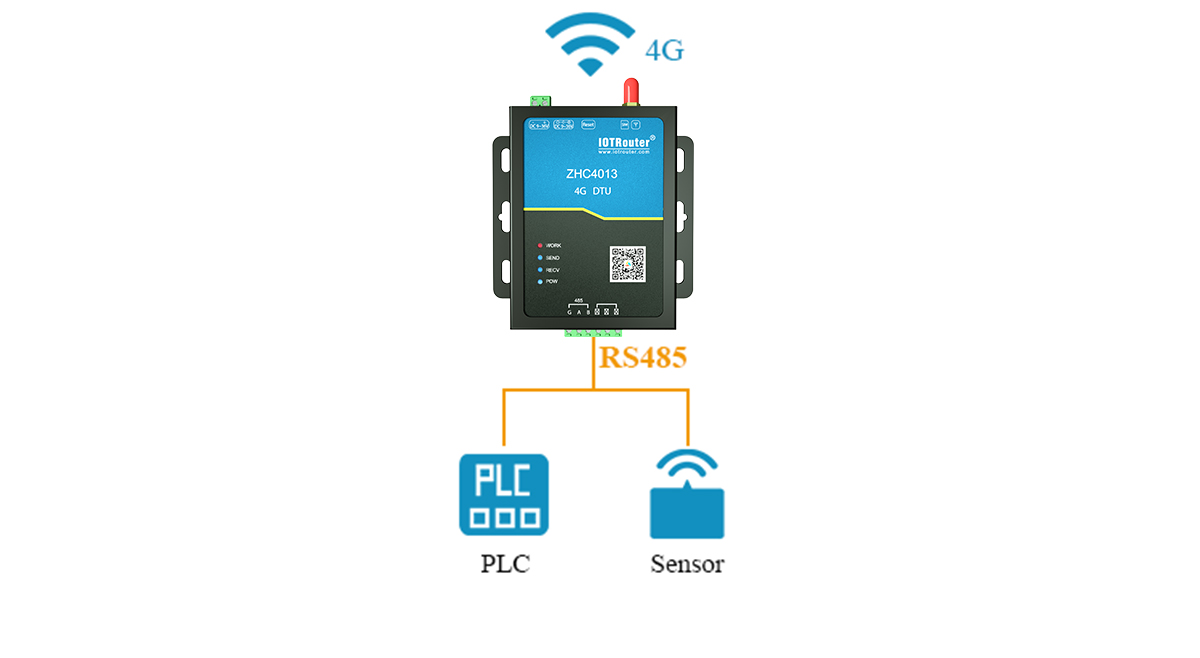DTU is an Internet of Things device specially used to convert serial data into IP data or convert IP data into serial data for transmission through a wireless communication network. Today, we will provide a brief analysis of DTU functional characteristics, structural composition and application.

DTU functional characteristics
DTU uses a high-performance industrial-grade 32-bit communication processor and industrial-grade wireless module; it can be directly connected to serial devices to realize two-way transparent data transmission; it supports automatic collection and active reporting; it supports automatic identification of Modbus RTU /TCP protocol and can be connected to PLC and configuration software; supports networking functions, which can support one-to-one, many-to-one network, etc.; multiple working mode options, convenient system configuration and maintenance interface, supports serial port software upgrade and remote maintenance; adaptable to low and high temperatures Working environment, suitable for applications in harsh electromagnetic environments.
DTU structure composition
The main function of DTU is to transmit data from remote devices back to the backend center through wired/wireless methods. To complete data transmission, a complete data transmission system needs to be established. This system includes: DTU, client equipment, and mobile network , backstage center. At the front end, DTU is connected to the customer’s equipment through the 232 or 485 interface. Therefore, DTU alone cannot complete wireless transmission of data, and it also needs to be used with the cooperation of background software. After the connection is established, the front-end device and the back-end center can transmit wireless data through DTU, and it is a two-way transmission.
DTU main advantages
- Wide network coverage;
- The networking is fast and flexible, the construction period is short and the cost is low;
- The link supports always-on, billing based on traffic flow, and low user cost;
- Good security and confidentiality performance.
DTU application fields
Because of the above characteristics, DTU has been widely used in various industries, such as electric power, environmental protection, hydrology, logistics, hydrology, meteorology, municipal administration and other industries. Although the application industries are different, the application principle is the same. Most of them are DTU connected to industry equipment, such as PLC, microcontroller and other automation products, and then establishing a wireless communication connection with the background.
Conclusione
In summary, DTU plays a crucial role in enabling reliable wireless communication between serial devices and backend systems. With its industrial-grade design, flexible networking capabilities, and wide applicability across various industries, DTU has become an essential solution for remote data transmission and monitoring. Its combination of performance, stability, and adaptability ensures that it can meet the demanding requirements of modern industrial and IoT applications. I believe that after reading this article, you will have a clearer understanding of the DTU functional characteristics, structural composition, and applications.